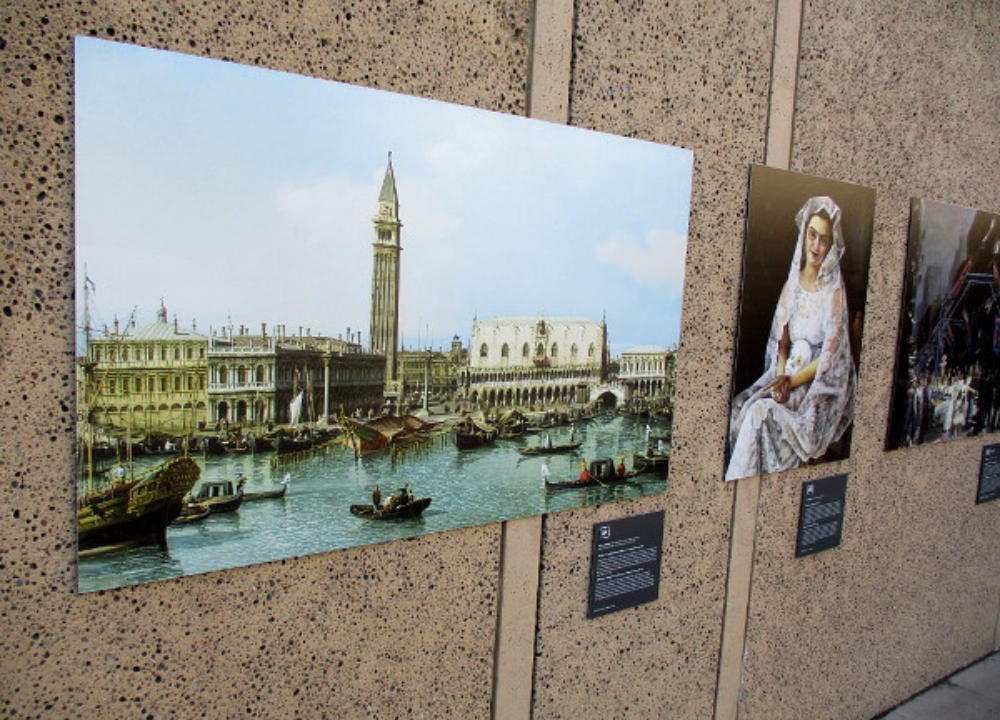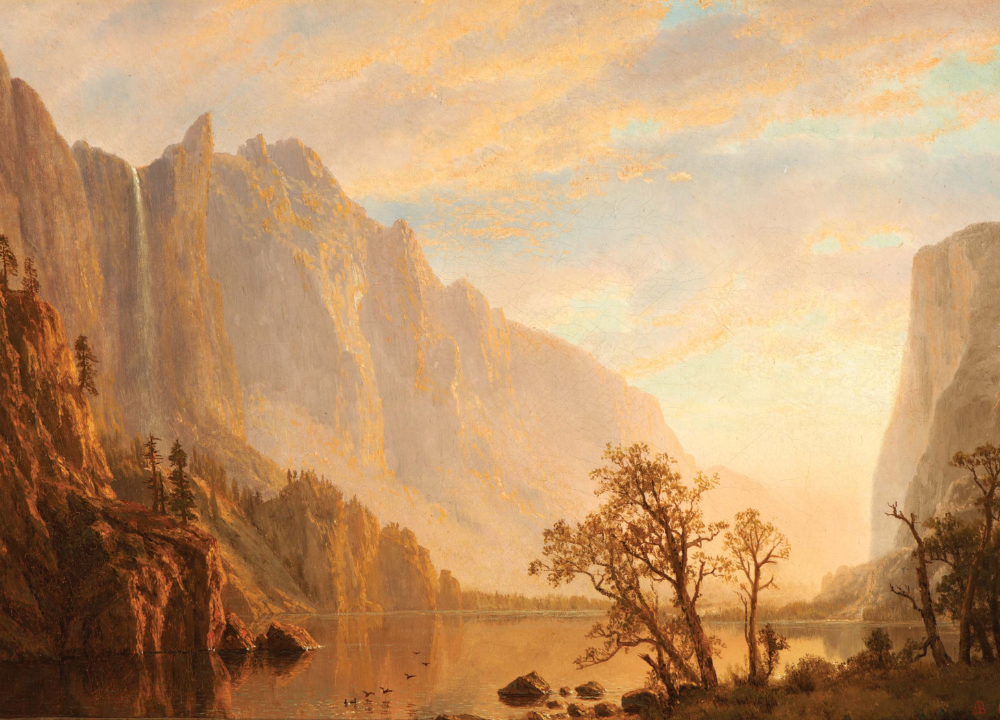Frida Kahlo is known for her unique self-portraits. One of her most striking works is “The Little Deer.”
This painting reveals deep emotions and personal struggles. In this blog post, we will explore “The Little Deer” and its significance. Frida Kahlo painted this work during a challenging time in her life. It showcases her pain, resilience, and identity.
The deer in the painting symbolizes vulnerability and strength. Each brushstroke tells a story. Kahlo often used her art to express feelings that words could not capture. Understanding this self-portrait allows us to appreciate her artistry and the messages behind it. Join us on this journey to uncover the layers of meaning in “The Little Deer. “
Frida Kahlo’s Artistic Journey
Exploring “The Little Deer”: Frida Kahlo’s Powerful Self-Portrait reveals much about her life. Frida Kahlo’s artistic journey is a testament to her resilience. It reflects her experiences, emotions, and identity. Each painting tells a story of pain, love, and cultural heritage. Through her art, Frida expressed her innermost feelings. “The Little Deer” is no exception. This self-portrait captures her struggles and triumphs in a unique way.
Early Influences
Frida Kahlo’s early life shaped her as an artist. Born in Mexico City in 1907, she faced challenges from a young age. Her family played a significant role in her development. Her father was a photographer, and her mother was a painter. These influences sparked her interest in art. She began painting at a young age, creating vibrant images of her surroundings.
Frida’s childhood was marked by health issues. She suffered from polio, which left her with a limp. This condition affected her self-image. It also fueled her desire to express herself through art. She often depicted her physical struggles in her work. Her early influences can be summarized as follows:
- Family Background: Artistic environment and encouragement.
- Cultural Heritage: Mexican culture deeply influenced her themes.
- Personal Experiences: Health struggles shaped her worldview.
| Influence | Impact on Art |
|---|---|
| Father’s Photography | Inspired her to experiment with visual storytelling. |
| Mother’s Painting | Encouraged her to explore colors and emotions. |
| Mexican Culture | Infused her work with symbolism and folklore. |
Personal Struggles
Frida Kahlo’s life was filled with personal struggles. She faced many hardships that influenced her art. At 18, she suffered a severe bus accident. This incident led to multiple surgeries and chronic pain. The pain became a central theme in her artwork. Frida painted to cope with her suffering. Her self-portraits often reflect her emotional turmoil.
Relationships also affected her deeply. Her tumultuous marriage to Diego Rivera brought both love and heartache. The pain of infidelity and separation is evident in her paintings. Frida used art to express feelings that words could not capture. Key struggles in her life include:
- Health Issues: Chronic pain from the bus accident.
- Emotional Turmoil: Pain from relationships, especially with Diego.
- Identity Crisis: Struggles with her cultural and gender identity.
These struggles shaped her unique style. Frida’s art became a powerful tool for self-exploration. Each brushstroke tells a story of resilience and strength. Through her experiences, she created a legacy that continues to inspire.
The Little Deer: An Iconic Work
Frida Kahlo’s self-portrait, “The Little Deer,” stands as a poignant reflection of her inner struggles and resilience. This iconic work showcases her unique style and emotional depth. Through vibrant colors and striking imagery, Kahlo captures her pain and strength. In this section, we will explore the visual elements and symbolism that make “The Little Deer” a remarkable piece of art.
Visual Elements
“The Little Deer” features bold colors and expressive forms. Kahlo uses a rich palette of greens, browns, and reds. These colors create a vivid contrast that draws the viewer’s eye. The deer in the painting has a striking appearance. Its body is depicted with arrows embedded, symbolizing suffering. The background is lush and full of life, which contrasts with the pain of the deer.
- Color Palette: Greens, browns, reds
- Imagery: A deer with arrows
- Background: Lush and vibrant
The composition is balanced yet dynamic. Kahlo’s use of symmetry adds to the painting’s harmony. The deer is at the center, drawing immediate attention. The placement of arrows adds tension, making the viewer feel the deer’s pain. Every detail in this work serves a purpose. Each element enhances the emotional message Kahlo conveys.
Symbolism In Art
Kahlo’s “The Little Deer” is rich in symbolism. The deer represents her own vulnerabilities. The arrows symbolize the pain and suffering she experienced in life. Each arrow tells a story of heartbreak and struggle. The lush background represents nature’s beauty, contrasting with the deer’s suffering.
- Deer: Vulnerability and innocence
- Arrows: Pain and suffering
- Background: Nature’s beauty and harsh realities
This painting reflects Kahlo’s own experiences with health issues and heartbreak. It explores themes of identity and self-perception. The deer, though injured, remains a powerful symbol of resilience. It reminds viewers of the strength found in vulnerability. Kahlo invites us to look deeper into her emotional world.
Themes Of Identity
Exploring “The Little Deer,” a powerful self-portrait by Frida Kahlo, reveals deep themes of identity. Kahlo’s work speaks to her sense of self and how she viewed her place in the world. In this piece, she blends personal and cultural elements. Understanding these themes helps us appreciate her art more fully. This self-portrait is not just about the artist’s image. It reflects her inner struggles and connections to her roots.
Self-representation
Frida Kahlo’s self-portrait, “The Little Deer,” showcases her unique approach to self-representation. Kahlo used art to express her feelings and identity. This self-portrait highlights her struggles and resilience. The deer symbolizes her vulnerability and strength. In her work, she often painted herself with symbolic elements.
Key aspects of self-representation in “The Little Deer”:
- Symbolism: The deer represents both innocence and pain.
- Emotion: Kahlo’s expression captures deep feelings.
- Color: Vivid colors reflect her intense emotions.
Kahlo’s use of symbols allows viewers to connect with her experiences. The portrait shows her as both a victim and a survivor. This duality invites viewers to explore their understanding of identity.
| Symbol | Meaning |
|---|---|
| Deer | Vulnerability and strength |
| Nature | Connection to her Mexican roots |
| Eyes | Inner emotions and struggles |
Cultural Heritage
Cultural heritage plays a significant role in Kahlo’s self-portrait. Her Mexican identity is woven throughout her artwork. “The Little Deer” reflects her connection to her roots. Kahlo often incorporated traditional Mexican symbols and themes. This connection to her culture shapes her identity.
Important elements of cultural heritage in “The Little Deer”:
- Folklore: Kahlo draws from Mexican legends.
- Tradition: She incorporates traditional clothing and patterns.
- Colors: Bright colors represent Mexican culture.
Kahlo’s work serves as a celebration of her identity. It also highlights the struggles faced by many in her culture. By representing her heritage, she connects with others who share similar experiences.
Emotional Depth
Frida Kahlo’s self-portrait “The Little Deer” reveals deep emotional layers. This artwork captures her pain and struggles. Kahlo uses symbols to express her feelings. The deer represents her vulnerability. The wounds on its body reflect her suffering. This self-portrait is not just a picture; it tells a powerful story of emotional depth.
Pain And Suffering
Kahlo’s life was filled with pain. She faced many physical and emotional challenges. Her artwork often reflects her struggle with identity and trauma. “The Little Deer” shows this pain clearly. The deer has arrows piercing its body. This symbolizes Kahlo’s own wounds and heartbreak. Each arrow tells a story of her struggles.
- Accident at age 18
- Multiple surgeries
- Emotional turmoil from relationships
Her physical pain often influenced her art. She painted to cope with her suffering. In “The Little Deer,” the expression of pain is raw and powerful. The background colors add to the somber mood. Dark shades reflect her emotional state. This painting invites viewers to feel her suffering.
| Symbol | Meaning |
|---|---|
| Deer | Vulnerability and innocence |
| Arrows | Emotional and physical pain |
Kahlo’s ability to share her pain connects with many. Her art allows others to see their own struggles. This shared experience creates a bond. It helps people understand that pain is part of life.
Resilience And Strength
Despite her suffering, Kahlo showed great resilience. “The Little Deer” also highlights her strength. The deer stands tall, despite the wounds. This symbolizes her courage. Kahlo did not let her pain define her. Instead, she transformed it into art. Her self-portraits often show defiance and strength.
- Embracing her identity
- Using art as therapy
- Inspiring others through her work
Kahlo’s resilience shines through in her bold colors and strong lines. She painted herself as a survivor. The deer, though wounded, still stands. This reflects her spirit. Her ability to rise above pain is inspiring. Kahlo’s art encourages others to find their strength.
Art becomes a tool for healing. It allows expression of feelings that words cannot capture. Kahlo’s story is one of survival. She teaches us to embrace our struggles. In “The Little Deer,” pain transforms into a powerful message of hope.
Nature And Animals In Kahlo’s Work
Frida Kahlo’s self-portrait, “The Little Deer,” is a window into her soul. It reveals her deep connection to nature and animals. Kahlo often used these elements to express her feelings and experiences. Nature and animals are not just background details in her work. They hold significant meaning and reflect her inner world.
Connection To Nature
Kahlo’s art is rich with symbols from nature. She found beauty and strength in the natural world. Her paintings often include vibrant flowers, lush foliage, and serene landscapes. These elements serve as a backdrop for her personal stories.
She lived in a house called La Casa Azul, surrounded by gardens. This place inspired many of her works. Nature offered her comfort during difficult times. It helped her express her pain and joy.
- Flowers: Represent love and passion.
- Foliage: Symbolizes life and growth.
- Landscapes: Reflect her Mexican heritage.
Her connection to nature also mirrors her struggles with health. Kahlo often felt trapped in her body. Nature provided a sense of freedom. It allowed her to escape her pain, even if only for a moment.
Animal Symbolism
Animals in Kahlo’s work are powerful symbols. They represent her feelings and experiences. In “The Little Deer,” the deer stands for vulnerability and strength. This duality shows her complex identity.
Kahlo often included animals in her self-portraits. Each animal carries its own meaning:
| Animal | Symbolism |
|---|---|
| Monkey | Playfulness and companionship |
| Cat | Independence and mystery |
| Deer | Gentleness and resilience |
Kahlo’s love for animals is evident. She had many pets and often painted them. These animals offered her comfort. They helped her express emotions she found hard to share.
Through animals, Kahlo connected with her own identity. She embraced her struggles and strengths. Each animal in her art tells a story. They invite viewers to reflect on their own experiences with nature.
Kahlo’s Unique Style
Frida Kahlo’s self-portrait “The Little Deer” shows her unique style. This style mixes personal experiences with bold art techniques. Kahlo’s work reflects her emotions and identity. The vibrant colors and intricate details draw viewers in. Her art tells stories of pain, love, and strength. Exploring her style reveals the depth of her creativity.
Color Palette
Kahlo’s color palette in “The Little Deer” is striking. She uses vivid colors to express strong feelings. The main colors are:
- Green: Represents nature and growth.
- Red: Symbolizes passion and pain.
- Yellow: Stands for warmth and hope.
- Blue: Reflects calmness and introspection.
These colors work together to create a powerful image. Kahlo often uses contrasting colors. This choice makes certain elements stand out. For example, the deer is painted in soft browns against a bright background. This contrast captures attention. It also emphasizes the deer’s vulnerability.
Here is a table of Kahlo’s color choices in “The Little Deer”:
| Color | Meaning |
|---|---|
| Green | Nature and growth |
| Red | Passion and pain |
| Yellow | Warmth and hope |
| Blue | Calmness and introspection |
Kahlo’s color choices make her work memorable. They connect deeply to her life experiences. Each hue adds layers to her story.
Brushwork Techniques
Kahlo’s brushwork in “The Little Deer” is both precise and expressive. She combines different techniques to create depth. Her brushstrokes are often visible. This adds texture to the painting. Kahlo uses smooth strokes for the deer, highlighting its softness.
Key techniques include:
- Layering: Kahlo builds up layers of paint. This technique adds richness to colors.
- Fine Detailing: She paints intricate details, especially in facial expressions.
- Bold Outlines: Strong lines define shapes and figures. This technique enhances the overall composition.
These methods create a sense of movement and emotion. For example, the deer’s eyes are painted with care. They reflect sadness and longing. The brushwork invites viewers to connect with the subject.
Kahlo’s unique style shines through her technique. Each stroke tells a part of her story. Her art is not just visual; it is emotional.
Conclusion
Frida Kahlo’s “The Little Deer” reveals deep emotions. This self-portrait shows her pain and strength. Each detail speaks to her struggles and resilience. Kahlo’s unique style connects with many people. Her art invites us to explore our feelings. “The Little Deer” stands as a powerful symbol.
It reminds us of the beauty in vulnerability. Frida’s work continues to inspire and move us today. Embrace her story and the emotions it brings. Art can help us understand ourselves and others better.




